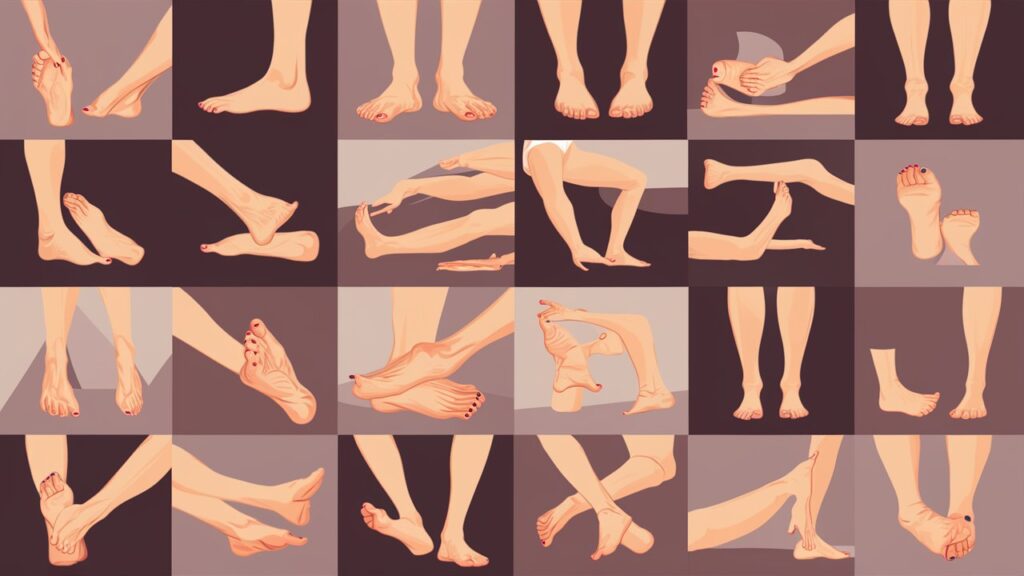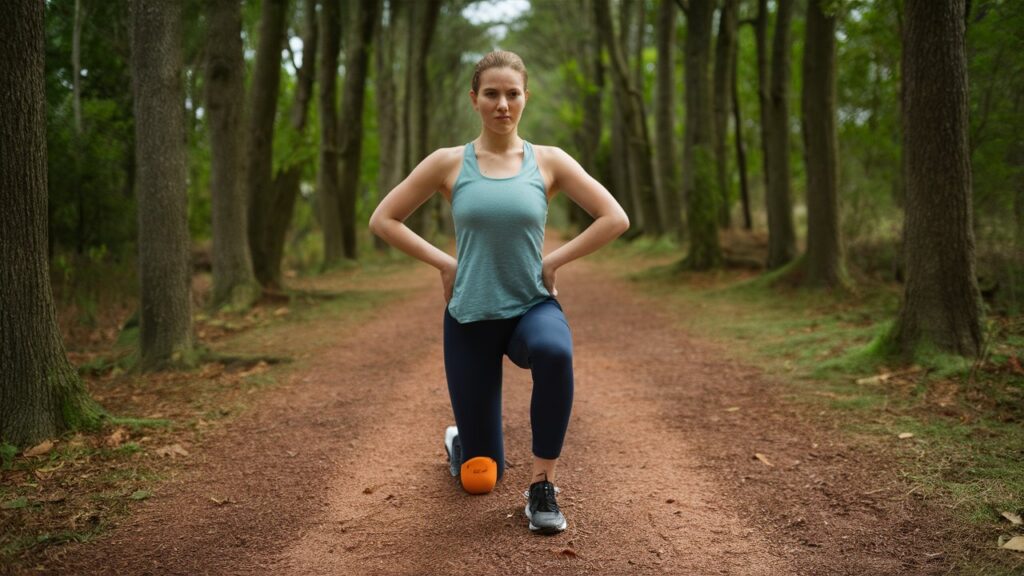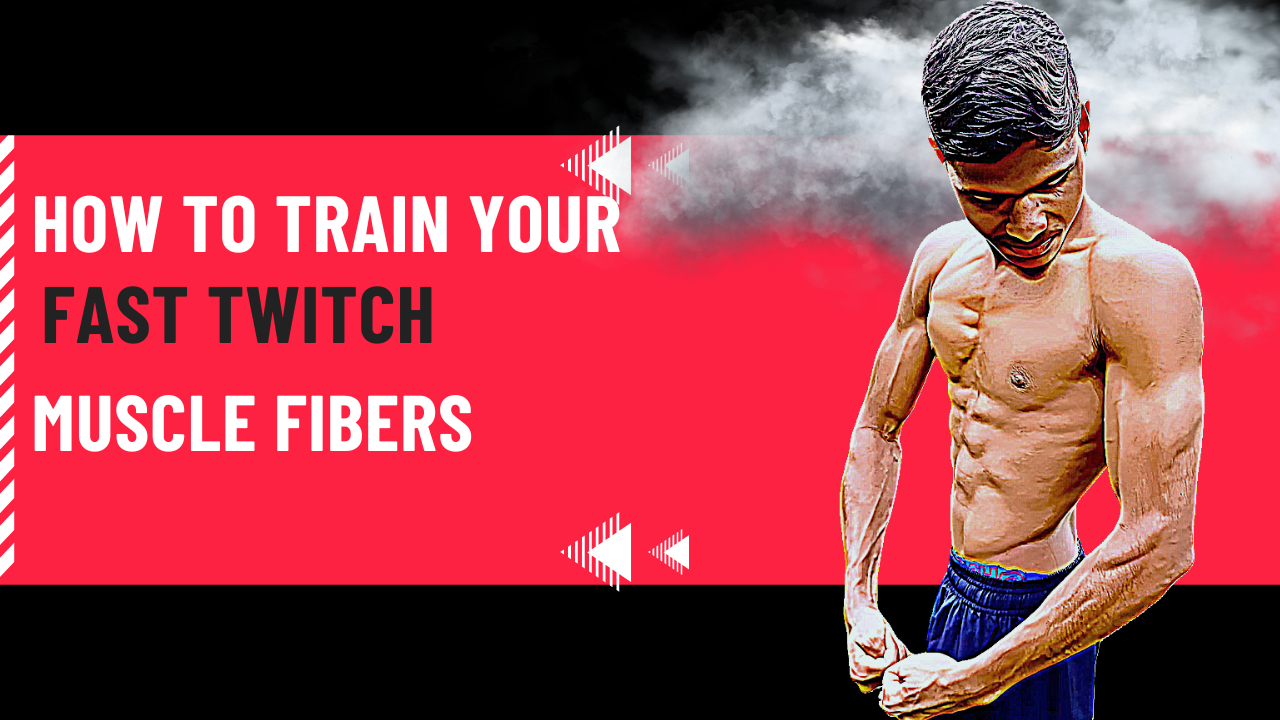Exercises for Swollen Feet and Ankles:

Have you ever noticed swelling in the legs and feet worsen after sitting for a few hours, or after you’ve been lounging and getting caught up on the last season of a new Netflix series? Even if your legs are elevated, the swelling may still be lingering. Why does this happen, and what can you do about it?
Table of Contents
Blood comes from your heart and is pumped throughout your body through arteries. The blood then returns to the heart through the veins, or some clear fluid from the blood, called lymph fluid, returns through the lymphatic vessels. Swelling can be caused by congestion or backup of either the veins or the lymphatic vessels.
Your veins and your lymphatic vessels don’t have a biological pump for them. They have small valves to try and move fluid along, but they heavily rely on your muscles to help. The muscles act as a pump. They contract around the veins and lymphatic vessels, pushing and supporting blood or lymphatic fluid to flow through. Without movement and using your muscles, blood and fluid can pool in your legs and feet and cause swelling.
So take a break from your desk or hit the pause button and try these simple and effective exercises to reduce swelling and edema.
Swollen feet and ankles can be quite uncomfortable and may limit your daily activities. Whether due to prolonged sitting, pregnancy, or medical conditions, incorporating specific exercises into your routine can help alleviate discomfort and promote circulation. Let’s dive into some effective exercises and tips to relieve swelling and improve overall foot and ankle health.
Understanding Swollen Feet and Ankles
What Causes Swelling?
Swelling in the feet and ankles, known as peripheral edema, can be caused by several factors:
- Fluid Retention: This is often linked to dietary choices, like high sodium intake.
- Inactivity: Prolonged sitting or standing can lead to fluid accumulation.
- Injury or Inflammation: Sprains, strains, or conditions like arthritis can cause swelling.
- Medical Conditions: Heart, kidney, or liver issues can lead to fluid retention.
Signs and Symptoms
Recognizing the signs of swollen feet and ankles is the first step toward effective management. Look out for:
- Puffiness or a stretched appearance
- Skin that feels tight or shiny
- Indentations left on the skin after pressing
- Pain or discomfort in the affected areas
Benefits of Exercises for Swollen Feet and Ankles

Engaging in regular exercise helps to:
- Improve circulation
- Reduce fluid retention
- Strengthen muscles in the feet and ankles
- Enhance flexibility and mobility
Simple Exercises to Reduce Swelling
1. Ankle Pumps
How to Do It:
- Sit or lie down comfortably with your legs extended.
- Point your toes away from your body, then flex them back towards you.
- Repeat this movement 10-15 times.
Why It Works: This exercise promotes blood flow and helps to reduce swelling.
2. Toe Taps
How to Do It:
- While seated, keep your heels on the ground.
- Lift your toes off the ground and tap them back down.
- Repeat for 10-15 repetitions.
Why It Works: Toe taps engage the calf muscles, enhancing circulation.
3. Foot Circles
How to Do It:
- Sit comfortably with your legs extended.
- Raise one foot slightly off the ground and rotate it in a circular motion.
- Perform 10 circles in one direction, then switch directions.
Why It Works: This exercise improves flexibility and blood flow.
4. Calf Raises
How to Do It:
- Stand with your feet shoulder-width apart.
- Slowly rise onto your toes and then lower back down.
- Aim for 10-15 repetitions.
Why It Works: Calf raises strengthen the calf muscles and improve circulation.
5. Seated Leg Lifts
How to Do It:
- Sit in a chair with your feet flat on the floor.
- Extend one leg straight out, holding for a few seconds, then lower it back down.
- Alternate legs for 10-15 repetitions.
Why It Works: This helps to engage the thigh muscles and improve circulation.
Additional Tips for Managing Swollen Feet and Ankles

Stay Hydrated
Drinking plenty of water helps to flush out excess sodium, reducing fluid retention.
Elevate Your Feet
Whenever possible, prop your feet up to promote drainage and reduce swelling.
Wear Compression Socks
Compression socks can help support blood flow and reduce swelling in the feet and ankles.
Limit Sodium Intake
Reducing salt in your diet can help minimize fluid retention and swelling.
Maintain a Healthy Weight
Excess weight can put pressure on your feet and ankles, increasing swelling.
When to See a Doctor
While swelling can often be managed with exercises and lifestyle changes, consult a healthcare professional if you experience:
- Sudden swelling in one leg
- Severe pain or discomfort
- Swelling accompanied by shortness of breath
- Persistent swelling that doesn’t improve with home remedies
Incorporating exercises for swollen feet and ankles into your daily routine can significantly improve your comfort and mobility. Remember to listen to your body and consult a healthcare professional if needed. With a little effort and consistency, you can find relief and maintain healthy, happy feet!
- Also Read :
- Best Lower Trapezius Exercises
- Breast Cancer Symptoms in Tamil
- Healthy Breakfast Ideas: Start Your Day Right with Nutritious Choices
- What are some quick breakfast options for busy mornings?
How often should I do exercises for swollen feet and ankles?
Aim to perform these exercises 2-3 times a day for best results.
Can I do these exercises if I’m pregnant?
Yes, many of these exercises are safe during pregnancy, but it’s always best to consult your doctor first.
How long does it take to see results?
Results can vary, but with consistent practice, you may notice improvements in a few days to weeks.



